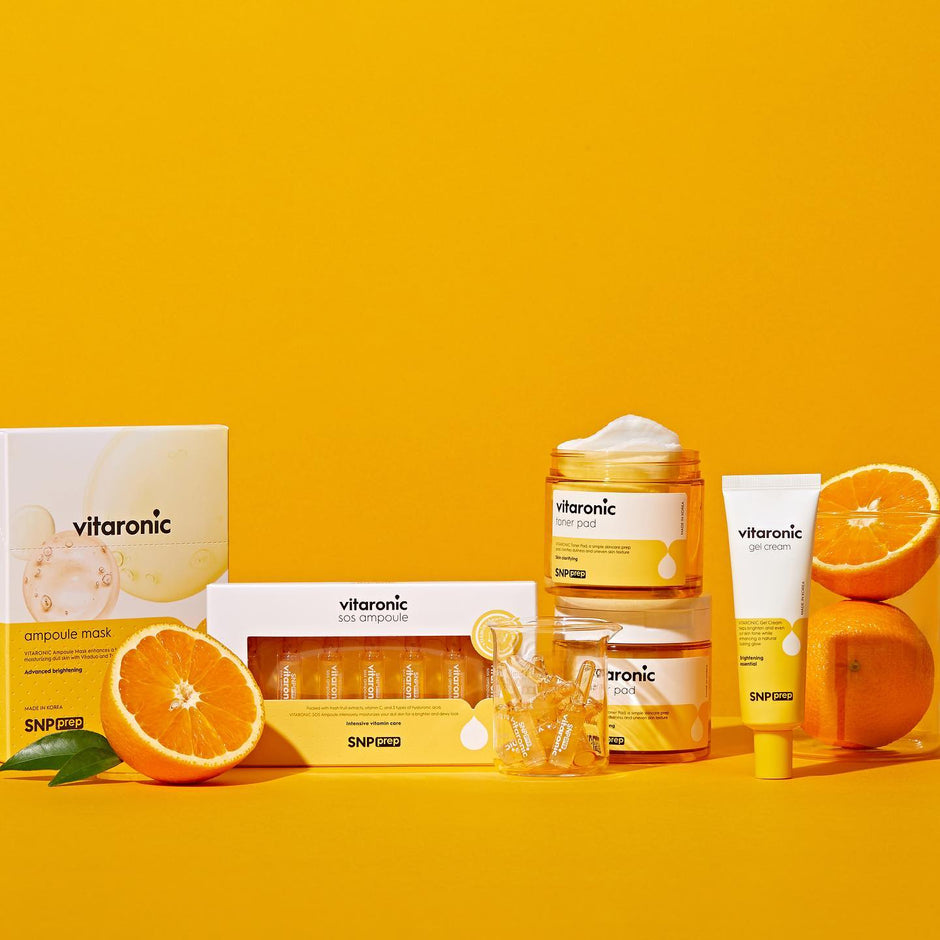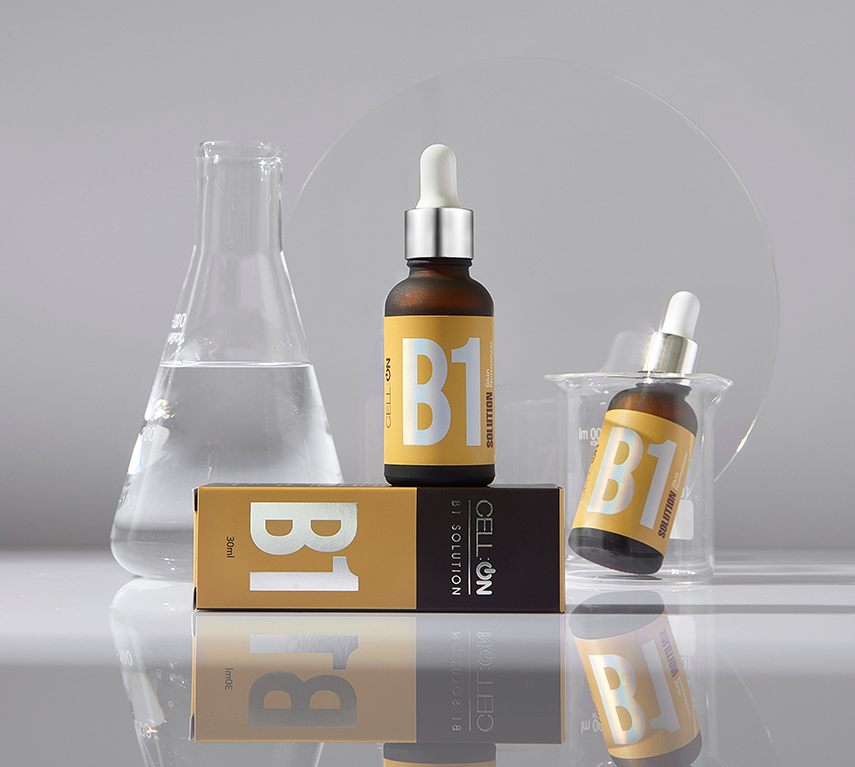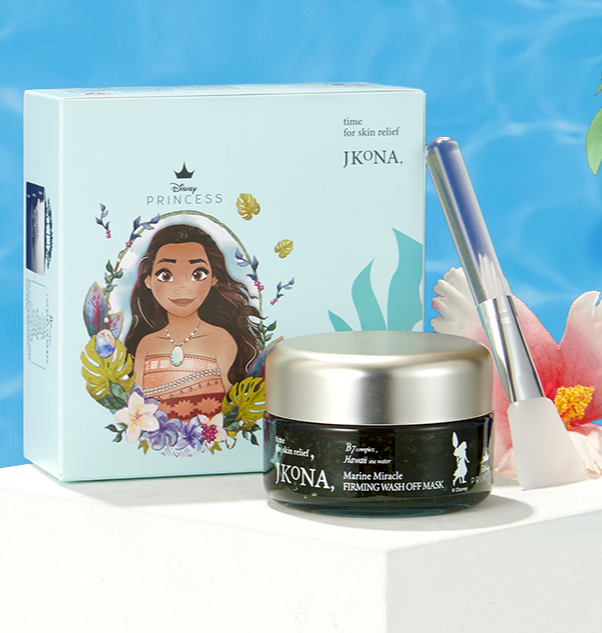Face Masks are slowing down the spread of the coronavirus (SARS-CoV-2) that causes COVID-19 dramatically. In many countries wearing a mask has become mandatory and there are many different types and models to choose from. Korea is one of the biggest manufacturers of masks and has emerged as a leading exporter during the pandemic. But why are Korean face masks so popular?
The first part of the answer is that the quality of Korean products is superior - not for nothing are products by the likes of Samsung, LG, Hyundai & Co. so popular around the world. This comes from rigorous governmental standards and regulation that ensure customer safety and consistently high quality and a culture that promotes safety, precision and commitment.
The second part of the answer is that Korea is a worldwide model of success in fighting the COVID-19 pandemic. People started to always wear masks from the very beginning of the pandemic and Korean manufacturers were quick to improve mask design and comfort and ramped up production capacities. So while people in many countries were still arguing whether wearing masks makes sense or not, Korea already overcame domestic shortages and prepared to supply other countries with its high quality masks.
Korean don't have a problem with wearing masks and are very rational about it as you can see in this video from our friends at Asian Boss:
What are the Korean quality standards for face masks?
Mask standards can be confusing: KF94, KN95, FFP2, P2, or surgical mask? There are so many terms to describe mask quality and to add to the confusion, each country uses different standardization systems!
So let’s look at how Korean standards and certifications compare to those around the world.
Koreans use the term mask to describe both surgical & dental masks and respirators. For surgical & dental masks there are no important standards to consider as they generally don’t offer particle filtration and are rather intended as a barrier to splashes, droplets, and spit. Respirators (but hey, let’s call them masks also) however do protect from exposure to airborne particles including viruses and bacteria.
Korean respirators (masks!) are market with two letters ‘KF’ (for ‘Korean Filter’) followed by two numbers that indicate their filter performance. Korean masks must be certified by the Korea Food & Drug Administration (KFDA) and will be rated KF80/94/99. The higher the number, the higher the particle blocking rate. KF80 and KF94 are most commonly found. KF80 blocks more than 80% of the average particle size of 0.6μm and KF94 blocks more than 94% of the average particle size of 0.4μm. Because each country has their own standards and methods to determine filtration performance Korean masks are not fully equivalent to masks found in other countries but strong similarities exist:
- KF80 is similar to FFP1 (EU) and P1 (Australia & New Zealand)
- KF94 is similar to N95 (US), KN95 (China), FFP2 (EU) and P2 (Australia & New Zealand)
Still confused? The good news is that most Korean mask manufacturers also get their products certified according to EU and US standards! On every mask’s packaging or in its product information you should be able to find all certifications. For some mask models you’ll have to ask google though. That’s because they might come in the domestic market packaging that doesn’t feature the same info as the export packaging.
We hope you will stay safe and healthy during the new year and happy mask wearing!
by Matthias Herzog








